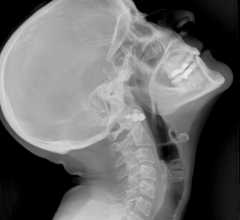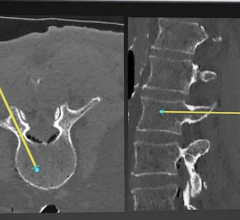July 29, 2008 - Currently, the X-rays used for diagnostic tests and cancer radiotherapy are composed of what is known as broadband radiation, consisting of a wide range of energies.
A more efficient technique using lower doses of narrow-band radiation that can be specifically focused on cancerous tissue has been developed by a team of researchers from Harvard University, Ohio State University, and Thomas Jefferson University in Philadelphia.
The researchers use an instrument known as an electron beam ion trap (EBIT) to generate special X rays that can be tuned to a particular energy band so that they react in resonance with certain nanoparticles or contrast agents (for example, the contrasts used for diagnostic imaging) embedded into tumors. When the nanoparticles are struck by those resonant X-rays, the particles absorb energy efficiently, then radiate this energy nearby, and thus achieve direct tumor cell damage.
Some of the particles will fluoresce. These signature emissions "can be detected and differentiated almost like scanning for your favorite radio stations," says study head Yan Yu, professor and director of Medical Physics at Thomas Jefferson University, allowing very high-resolution imaging of the tumor, but with very low doses of radiation elsewhere. Although the technique has not yet been used on patients, "it will eventually allow us to use X-rays in a pristine, smart way," says Yu.
For more information: www.aapm.org
Source: American Association of Physicists in Medicine


 July 18, 2024
July 18, 2024 







